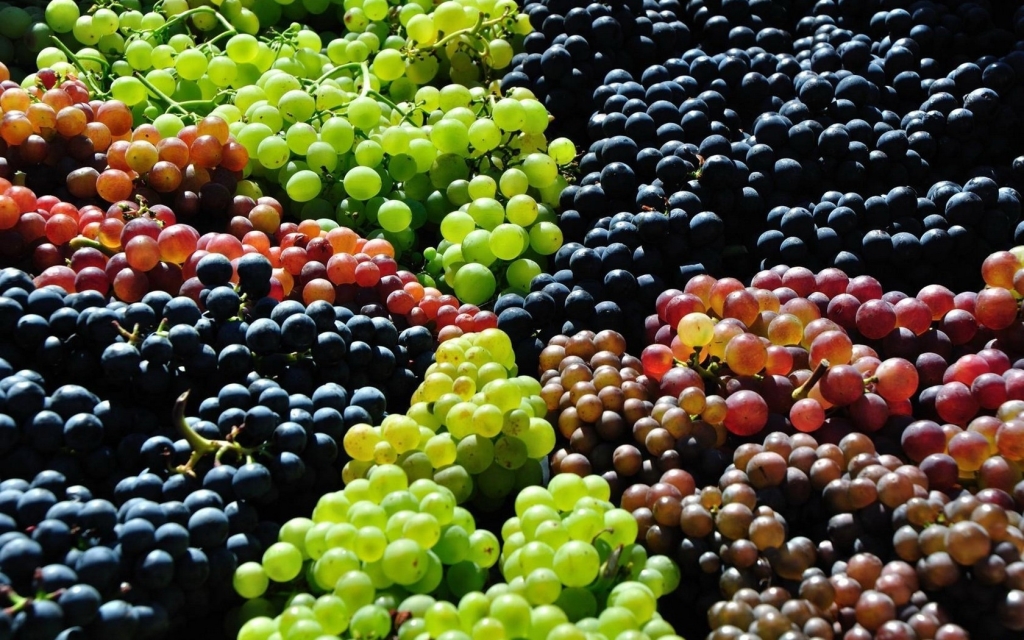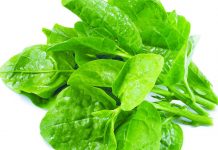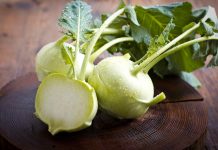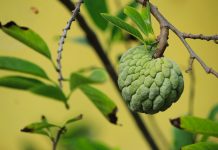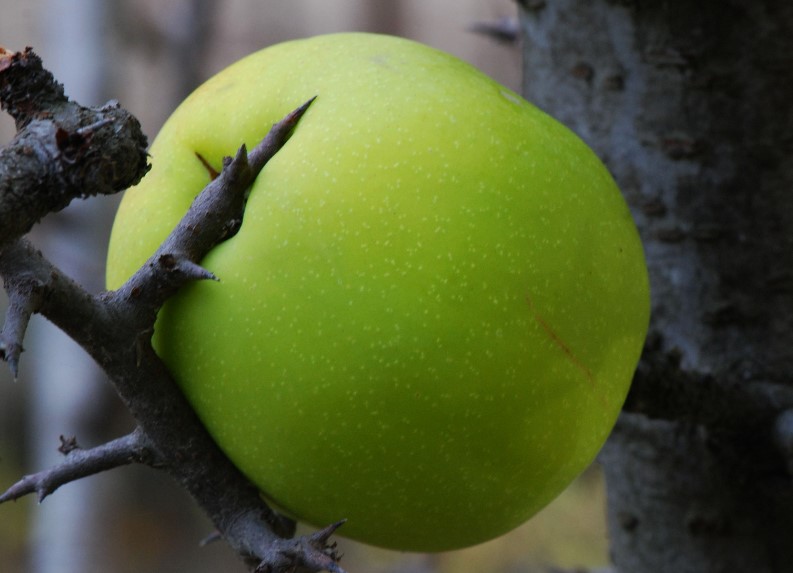Grapes are growing, which isn’t what it used to be. No more do voluptuous bacchantes run madly through the forests of Greece to celebrate the fruits of the vine. No more do the village lads and maidens of the French countryside roll up their pantaloons and hitch up their petticoats to tromp on the newly picked grapes.
The tales told of modern grape culture have to do with calculating how many buds to leave on the vines and interpreting pruning diagrams complex enough to drive anyone back to peas and petunias. Even in our scientific age, however, grape growing is not that difficult, especially if you choose the right kind of grapes for your region.
And to my eye, grapes are among the most beautiful of plants; the vines, the broad leaves, the tendrils, and the ripe bunches of fruit. Furthermore, your grape harvest can give you so many jams and jellies, juice grapes for fresh eating, and even wine if you are adventurous. Grapes grow on immensely vigorous and sturdy plants, which, if you plant them correctly and give them good basic care, will probably outlive you.
The most famous wine regions of the world are warm, sunny places with long growing seasons, but there are grapes native to cold, short-season areas as well. After all, when Leif Eriksson landed in North America, he named the new continent “Vineland” because of the abundance of wild grapes he found growing there.
These were native species such as fox grapes (Vitis Labrusca), gapes whose skins slipped off the flesh easily, quite different from the grapes brought over in colonial times, and hybrids, of the European species V. vinifera. The European imports failed to thrive in the New World but were eventually crossed with American grapes to produce the fine hybrids such as “Concord” that we grow today.
In return, American grapes have been bred with those growing in Europe to impart resistance to grape phylloxera, so most grapes now grown have some parentage on both sides of the Atlantic. The predominantly American types are the best for cooler climates, but the European types are grown very successfully in California.
Gardeners in the southeastern and Gulf States can grow hybrids of the native muscadine grapes (v. rotundifolia), which are tasty and grow on extremely vigorous, heavy-bearing vines. Well, most grapes are self-pollinating. For those that are not, you must plant a suitable variety. Since grapes are pollinated by wind, not by bees. The two varieties should be no further than 50 feet apart.
Select a Site for Grapes
Where you grow your grapes depends partly on what you are growing them for. Two vigorous vines are perhaps ample for the table grape consumption of most households since each can produce up to 15 pounds of grapes. Vines grown for table grapes can be made part of you’re landscaping plan.
They might be trained against an existing wooden fence, along a garage wall, or even across the top half of a window so that the grapes dangle down and are visible from indoors. You might also grow a vine or two on a sturdy arbor over a terrace or grassy area, forming a canopy that you can sit under in the summer when it’s hot, watching the clusters of grapes ripen as summer progresses.
You should be aware, though, that grapes grown on an overhead arbor are difficult to take care of, and if your goal is strictly grape production, not decoration, you have made the best use of a trellising system closer to the ground. If you are making a lot of juice or if you just want to try a lot of different varieties, you’ll also want more vines than you can put on an arbor unless it is an extended pergola, and you’ll probably want to create a small vineyard. This means finding a cleared area with plenty of space.
